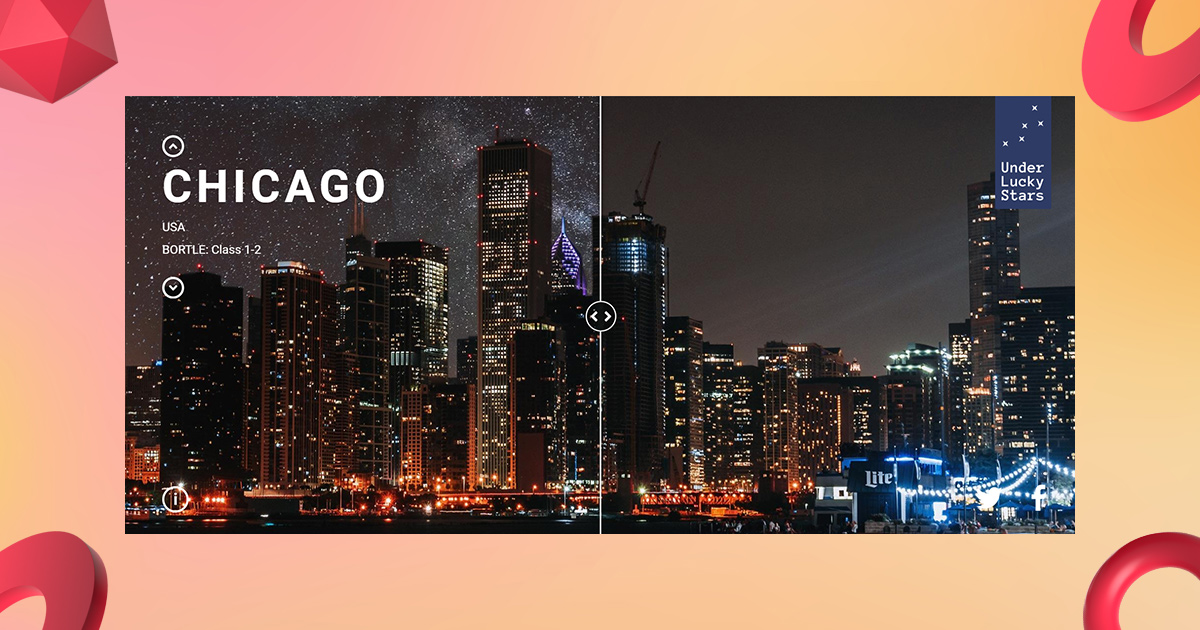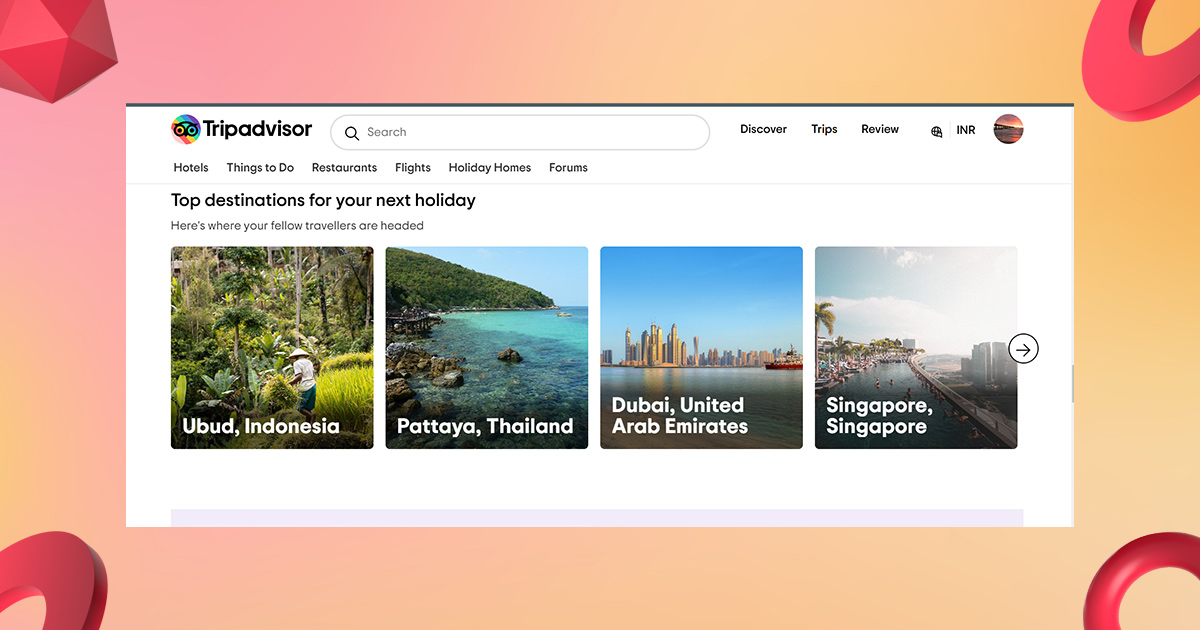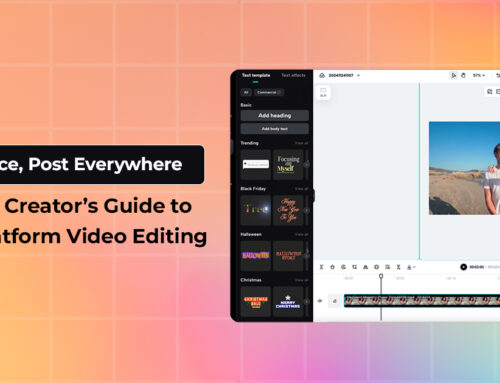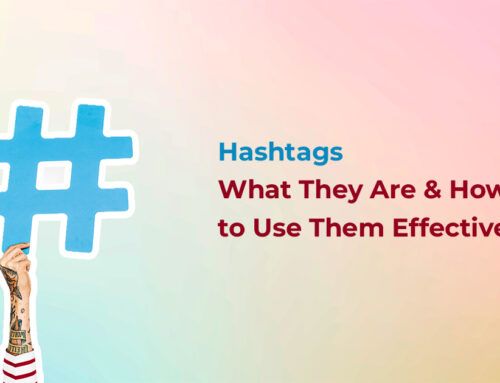Types of Interactive Content and Engaging Examples
Explore engaging interactive content types and examples to boost your content strategy
Rosin | 12 Jan 2024

Struggling to engage with your audience? Interactive content is a proven way to gain competitive advantage.
In the past, long-form guides, ebooks, and videos were considered the top tier of content (approaches that typically require a large budget and resources to produce) but these formats have now become obsolete has been widely used.
Good words alone are not enough. To seriously compete online, you need to create unique content that stands out from your competition.
One way you can compete online is through interactive content. In this guide, we’ll explore interesting content and provide examples of some of the best pieces available. Specifically, we will cover the following:
what is interactive content?
Most content is constant, which means that the reader or listener consumes time while watching or reading.
In contrast, in an interactive context, the audience is actively involved in what they consume. This could be sharing questions during a live webinar, using a tool or calculator, or participating in a Q&A.
Audiences regularly interact with such content on a daily basis, from publishers like BuzzFeed to producers like Netflix.
Why Use Interactive Content and What Are the Benefits?
As a content marketer, you need to include networking content in your strategy for 2020. Wondering why and how this can help you? We’ve compiled some key statistics from HubSpot to show why interactive content offers a real opportunity to gain a competitive edge:
62% of B2B marketers already use contact information.
(Source: DemandGen)
Interactive content generates twice as much engagement as static content.
(Source: DemandGen)
77% of marketers report that interactive content has “reusable” value, leading to more frequent visits and more interactions with brands.
(Source: Content Center)
75% agree that non-gated interactive content provides an “example” of the brand, and increases lead nurturing.
(Source: Content Center)
43% of consumers prefer interactive video over other types because it allows them to choose what content to watch and when.
(Source: MarketingCharts)
In addition to this account, you should use interactive content because:
This improves audience engagement and increases time spent on your website.
Engaging your audience increases the chances of them coming back to your website in the future.
A wide range of contact information makes it easier to capture data for those who are engaged with your property.
It helps establish your brand as an industry leader, builds brand loyalty, and sets you apart from competitors.
If you aim to build connections, contact information can be an attractive asset that journalists will want to share, increasing your email outreach efforts.
Types of Interactive content:
To get you started incorporating interactive content into your content marketing strategy, we’ve put together some of our favorite examples to inspire you and show you what’s possible.
It’s important to consider what types of communications will best suit your audience. Formats that engage B2C audiences tend to differ significantly from formats that align with B2B audiences. However, the more you examine the successes of others, the more ideas you will gain.
Take notes, mark these examples, and start planning how you can use similar scripts in your program.
1. Quizzes
The easiest and most effective interactive content you can create to capture an audience is a Q&A.

Questions succeed because they are fun and highly shareable. They are a great way to encourage participants to share results and challenge their friends to beat their scores.
Britannica: A Good Old Fashioned Quiz
2. Calculators and Tools
Calculators and online tools can better leverage your audience, generate leads and capture media attention through digital PR.
These tools are not only fun and exciting but also versatile and practical, giving them a competitive advantage when meeting specific needs.

Below are two specific examples of calculators and tools we think you’ll find interesting:
Bankrate: Mortgages Calculator
3. Interactive Infographics
Marketers have long used infographics to visualize data and create links to relevant publications.
However, infographics generally have a low barrier to entry. Even without an in-house designer, tools like Canva can create interesting content in just an hour or two.

With so many people declaring infographics dead so many times, it can be hard to stand out.
NeoMam: 13 Reasons Why Your Brain Craves Infographics
4. Image Sliders
The images themselves can be striking, especially when comparing two or more objects, such as before and after.
However, a common frustration with these images is that our eyes tend to jump to the background image before examining the former image.

To address this, a simple but effective image slider enables efficient comparison of multiple images, increasing consistency and impact, as shown in the example below:
Under Lucky Stars: If Light Pollution Cleared
5. Games
Perhaps games are the ultimate form of communication.
However, they are often more economical and materially demanding due to customization and manufacturing.

Even so, a well-designed game can generate engagement, generate media coverage, raise social media profiles, and collect valuable user data, and make it one of the few methods that can accomplish multiple goals with one resource
If you have a strong idea that you believe will deliver the results you want and justify your investment, playing a game can be a great way to stand out.
Improve memory: Reflex reaction games
6. Interactive Maps
Maps have long been popular features, and are great for visualizing places or roads.
However, a static map doesn’t meet everyone’s needs, as different people want to see different things. Making your map interactive allows you to better connect with your audience, finding information that interests them.

Here are two examples of how interactive maps have been used to create outstanding user experiences.
TripAdvisor: Top destinations for your next holiday
7. Interactive Webinars
The latest figures show that usage of streamed content has increased by almost a third compared to the same period last year.
However, video by its very nature is not an interactive medium.

After that, you can create an interactive video experience through a live webinar. With services like Zoom or GoToWebinar, anyone can create an engaging webinar and take live questions from attendees.
We tend to assume that interactive content flows through users engaging via their computer or mobile device, but interactive Q&A sessions are a valuable option to consider.
8. Interactive Film and Video
The possibility of updating film and video content has steadily expanded.
While these programs can be costly, if you set your sights on pushing the boundaries and elevating your content, new possibilities exist that will allow you to take complete control of your audience’s experience

Last year, Netflix released Black Mirror, arguably the first interactive feature film, allowing users to control the outcome.
With the rise of VR and AR, figuring out how to create interactive film and video experiences is important now and in the future.
Here are two examples of how interactivity can enhance standard content, and create outstanding experiences that add significant value to audiences
Conclusion: Top Tips and Considerations for Creating Interactive Content
Creating interactive content can be harder than creating static content. Here are our top tips and ideas for starting something inspiring:
Consider your budget and resources: Interactive content often requires more time and money. Know your shortcomings to avoid missing out on great ideas for important reasons.
Consider technical requirements: Unlike static content, which is easy to stream through your CMS, interactive content can be much harder to integrate. Understand any limitations before creating an interactive property.
Know your audience: Different audiences respond to different networks. Take the time to understand what works for others in your business and identify broader topics that can benefit from interactive content. Our content marketing tool can help you develop comprehensive content plans that resonate with your audience and explore existing opportunities.






Leave A Comment